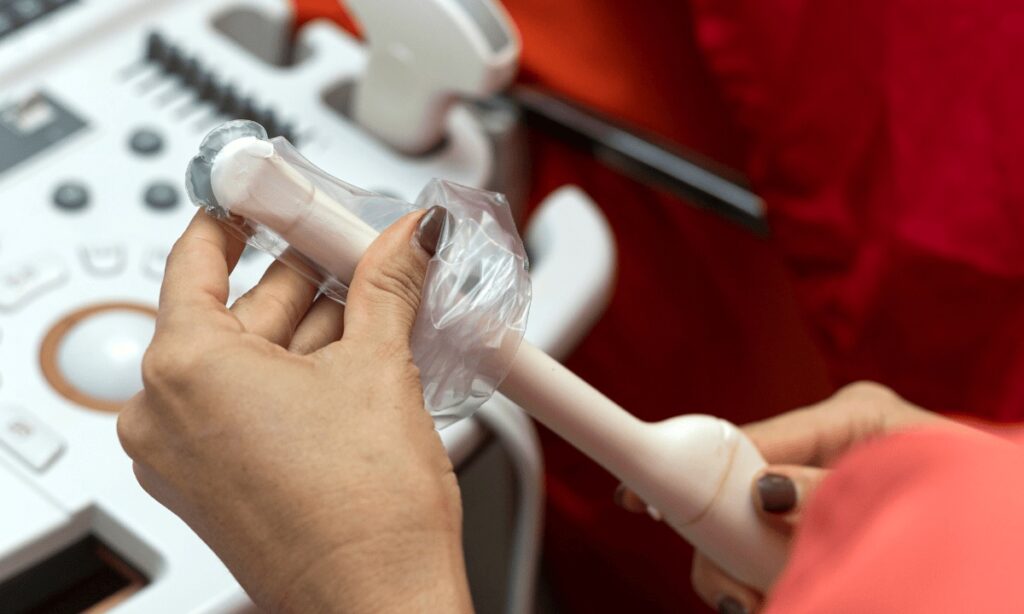
Where women’s reproductive health is concerned, medical imaging is a key to early diagnosis, fertility planning, and overall health. One procedure that is fairly routine but sometimes feared is the transvaginal ultrasound. If your physician has ordered this kind of scan, knowing what it is — and why it’s performed — can calm fears and help prepare you for the process.
Understanding the Procedure
A transvaginal ultrasound is one of the pelvic imaging modalities that employs sound waves to generate images of the reproductive organs, such as the uterus, ovaries, fallopian tubes, and cervix. In contrast to an abdominal ultrasound, where scanning over the belly is needed, this test entails placing a thin, special probe into the vaginal canal in order to view closer and clearer structures internally.
The test usually only takes under 30 minutes and is conducted by a qualified sonologist or OB-GYN. It feels somewhat uncomfortable but is not painful and doesn’t need to be done under anesthesia.
When Is It Recommended?
This form of ultrasound is prescribed for several reasons, such as:
- Irregular menstrual cycles
To determine causes of missed or irregular periods.
- Pelvic pain or unexplained bleeding
To evaluate for potential conditions like cysts, fibroids, or endometriosis.
- Early pregnancy evaluation
To determine viability, assess for ectopic pregnancy, or date the pregnancy correctly.
- Infertility testing
To track follicle growth and evaluate reproductive anatomy.
- Postmenopausal bleeding
To screen for any abnormal changes in the uterus or endometrial lining.
If you’re inquiring about a transvaginal ultrasound in the Philippines, you’ll find that it’s commonly performed in hospitals, diagnostic centers, and OB-GYN clinics — and often covered by HMOs or insurance, depending on your provider.
What to Expect During the Scan
You might be required to drain your bladder before the scan. You will be lying on an examination table, and the medical practitioner will apply a protective sheath and a lubricating gel over the probe before carefully inserting it. The machine emits sound waves that reflect off body tissues, creating real-time images on a monitor.
Throughout the scan, the sonologist may slightly reposition the probe to get a better view, but they will explain what’s happening as they go along.
When to Speak to a Doctor
If you have any suspecting symptoms or are unsure about your reproductive health, it’s always better to talk to a physician. Sites like NowServing PH allow you to book an online consultation with authorized OB-GYNs who can evaluate your situation and recommend if a transvaginal ultrasound is the way forward.
This easy yet effective tool can give you clarity, reassurance, and empower you to take control of your health.
